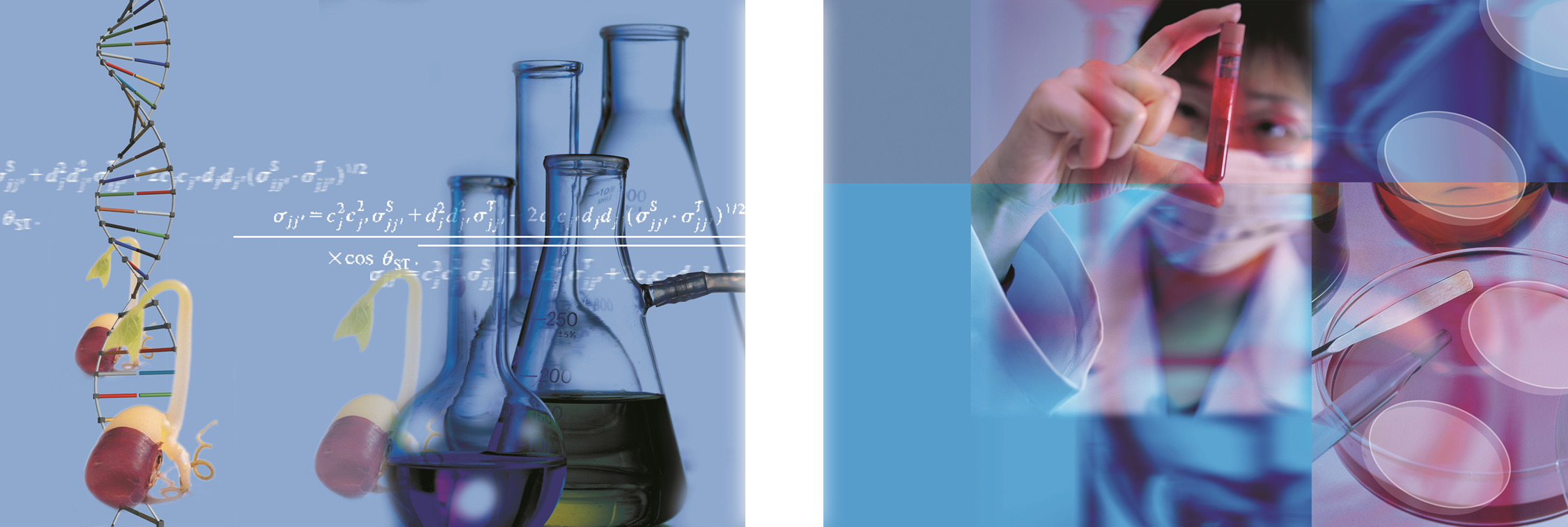Research and Development in Radiation Application

There have been more than 50 years in the field of radiation application in NARI, an administrative corporation reorganized from the Institute of Nuclear Energy Research (INER) due to the government reform in 2023. Now the radiation application has been deeply connected with people’s life, such as syringe radiation sterilization, spice radiation disinfection, foam material polymerization, weather resistant of cable insulator radiation, and the X-ray medical application. Recently, following the developing of science technologies like computer technology, molecular biology, semiconductor technology, new material development and environmental technology, cancer radiotherapy and nuclear medicine application have approached a new generation through the incorporation of PET and SPECT combined with MRI, CT and with 3D tomographic technology. These developments have helped medical doctors look inside the patient’s sick focus clearly, and help doctor’s micro surgery and precise therapy much easier. Radiation application in polymerization, crosslinking and grafting also produce a lot of new products for modern life, such as functional textile with wind resistant, moisture transferring and quick drying properties, weather resistant vehicle tires, and decoration material modification radiation. Now radiation application technology has become a very important support in people’s well-being.
Now, NARI has already owned a mature value chain, including drugs discovery, optimization of lead compounds, preclinical study, clinical trials (IND), registration (NDA), PIC/S GMP manufacturing production facility (including raw materials and drugs), commercialization of products and technologies transfer etc. NARI also has the experience in PET, micro CT and X-ray and CT. With recent development of precise therapy and personalize medicine, NARI chooses nuclear medicine and imaging technology as the priority research and development fields.
“INER MIBG
The technical team at NARI developed a hepatobiliary imaging agent called Dolacga Liver Function Imaging Agent, which utilizes lactose-based glycopeptides linked to NOTA chelating agents. It exhibits excellent targeting characteristics for sialic acid-binding receptors. Following chelation with the radioactive isotope Gallium-68, when paired with positron emission tomography/computed tomography (PET/CT), it allows for accurate assessment of liver function in patients. The INER-Dolacga imaging agent completed its Phase I clinical trial at National Taiwan University Hospital in the year 2019. Participants underwent physical examinations and monitoring of vital signs, as well as urine and serum biochemistry tests. The results showed no significant abnormalities in any of the test values after administration of the drug, and there were no adverse reaction reports during the trial period. In the year 2021, the Phase II clinical trial was initiated at Chang Gung Memorial Hospital in Linkou, aiming to evaluate the preoperative liver function of patients undergoing liver cancer surgery. It is anticipated that the trial has been also completed with 30 cases by the year 2023. This initiative will further advance the impact of hexa-lactoside on liver-targeted healthcare and foster the growth of the local precision medicine industry.
In nuclear medicine, we have begun a lot of new research projects. There are several related nuclear pharmaceutical researches, such as a new atherosclerosis contrast agent APD; siRNA therapeutics for creating effective and secure drug delivery systems; and the radiopharmaceuticals for advanced cancer treatment for ovarian cance. They will be our major R&D topics in this field in the near future.
With the purpose of precise therapy and personalize medicine, and enhancing the technical level of domestic pharmaceutical biotechnology and nuclear medicine industry, we are trying to integration the efforts from academy, research centers and medical units through cooperation of those groups to achieve the industrialization and commercialization, to make a global high-competitive biomedical market distribution. To push the levels of Taiwan's pharmaceutical to be one of the best in the world, we will enhance the R&D in radiation application, and make it as one of the NARI’s main projects to help the sustainable development.

